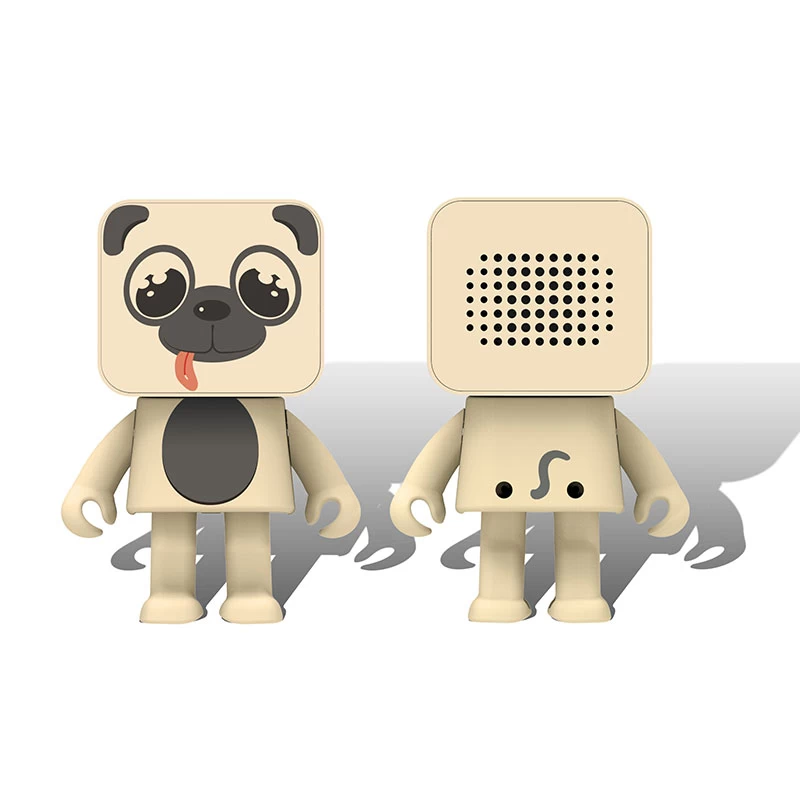How to evaluate the sound quality and sound effect of Bluetooth speaker?
The sound quality and sound evaluation of Bluetooth speakers vary depending on the quality and price of the product. Here are some common evaluation criteria:
Sound quality: The sound quality of Bluetooth audio is usually affected by a number of factors, including the size of the speaker, the quality of the driver unit, the design and materials of the speaker, and so on. High quality Bluetooth speakers usually provide clear, balanced sound quality with good bass, midrange and treble performance.
Sound effects: Sound effects refer to the special effects produced by the sound when playing music, such as stereo effects, surround sound effects, etc. Some high-end Bluetooth speakers may have more advanced sound technology to provide a more immersive music experience.
Power and volume: The power and volume of the Bluetooth speaker determine its audio output capacity. High power and high volume sound can provide stronger sound effects in outdoor environments, but also need to be careful not to overuse, so as not to affect hearing health.
Audio codec technology: Some advanced Bluetooth speakers support advanced audio codec technology, such as aptX, AAC, etc., which can provide higher quality audio transmission and decoding, improving sound quality and sound effect.

User reviews and professional reviews: Understanding the reviews and professional reviews of other users can help you better understand the sound quality and sound performance of your Bluetooth speaker. You can check the user reviews of your products and review articles on professional audio review websites for more information.
Frequency response: The wider the frequency response range of the audio, the more audio frequencies can be covered, and the more comprehensive the performance from bass to treble.
Dynamic range: The dynamic range refers to the difference between the maximum and minimum volume that the sound can handle. The large dynamic range means that the sound can better represent the details and dynamic changes of the music.
Distortion rate: Distortion rate refers to any distortion or deformation introduced by the sound during the transmission of the audio signal. The lower distortion rate means that the speaker can more accurately restore the original audio signal.
Stereo effect: The stereo effect of sound refers to the distribution and positioning of music between the left and right channels. Good stereo effects can give people a feeling of being there.
Bass effect: Bass effect refers to the ability of the sound to perform low frequencies. The better bass effect can provide more rich and powerful bass performance.
Sound field performance: Sound field performance refers to the sense of space and depth created by the stereo when playing music. Good sound field performance can make people feel the three-dimensional sense of music and surround sense.
Timbre restoration: Timbre restoration refers to the ability of the sound to restore different instruments and sounds. Good timbre reproduction can make people feel the authenticity and details of the instrument.
It should be noted that the above indicators are only some common standards for eva


